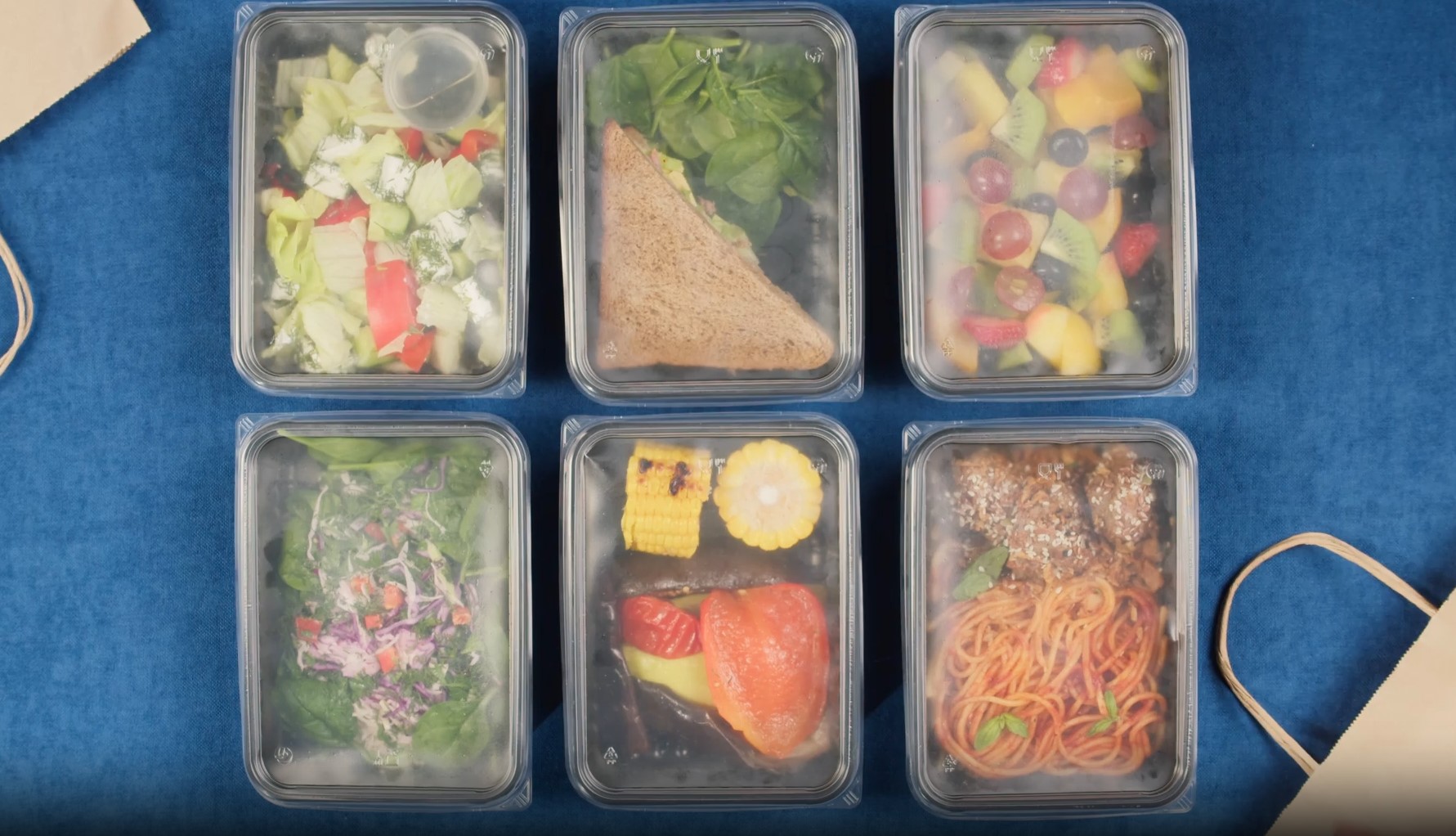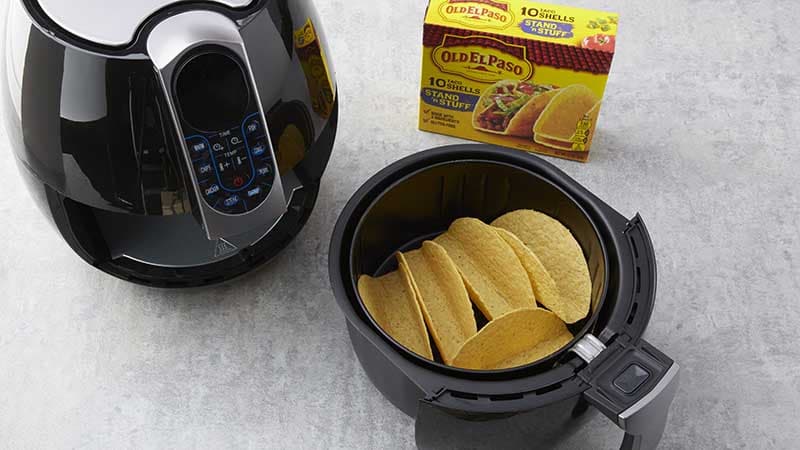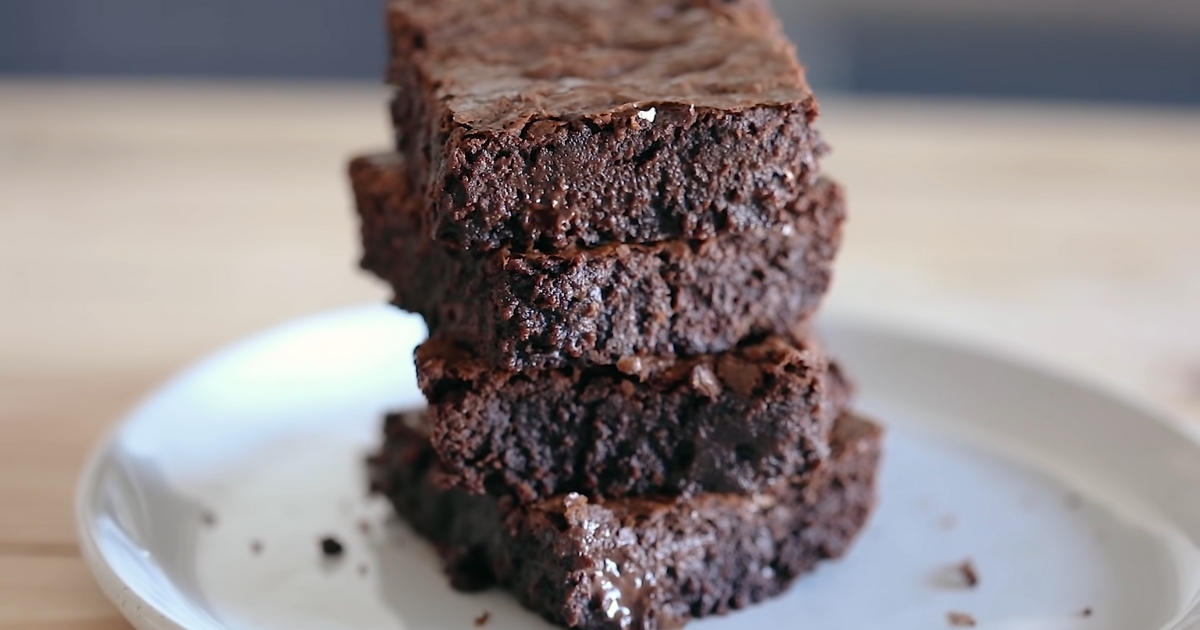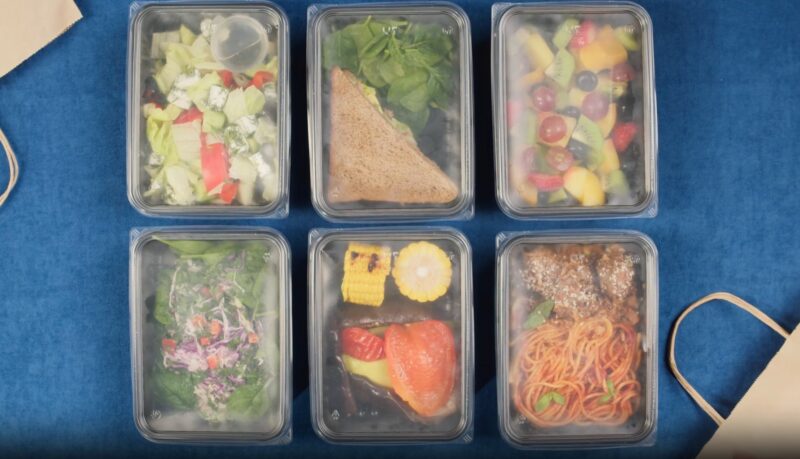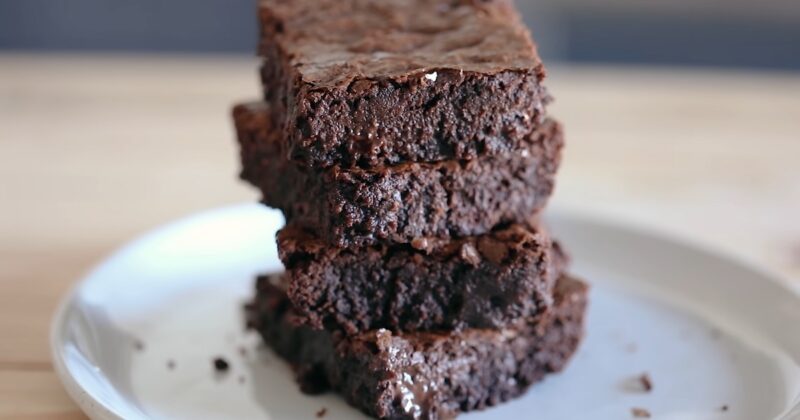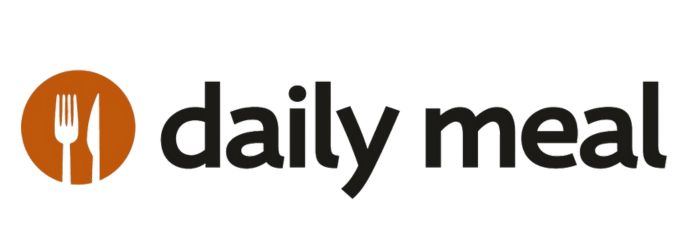
Losing weight is a perennial struggle for many. As illustrated in Scientific American, researchers put overweight or obese people on a two-month diet of Optifast shakes and vegetables, resulting in the dieters losing an average of 30 pounds during the initial intervention — only to gain back a dozen pounds over the following months.
The physiology of weight regain remains baffling, and studies point to different factors, from drops in leptin levels to persistent inflammation.
So, is eating all that matters when achieving real and effective weight loss? While diet is undoubtedly a critical component, it’s just one piece of the puzzle. In this article, we’ll explore the multifaceted journey of weight loss.
The Dangers of An Unhealthy Diet

The myriad of diets and weight loss plans available today can often lead to confusion and disappointment. Worse, eating the wrong things can even lead to a decline in health.
An unhealthy diet can significantly contribute to obesity and being overweight, as these diets frequently lack essential nutrients and trigger chronic inflammation. Inflammation can disrupt hormones in appetite regulation and metabolism, potentially contributing to weight gain and obesity.
Many individuals experience weight loss plateaus due to metabolic adaptations when attempting to lose weight through diet alone. Research from UAB found that the bodies of dieting individuals could adapt to burn an average of 50 fewer calories a day.
That’s because metabolism tends to slow down as the body adapts to reduced calorie intake. This can frustrate individuals striving to shed excess pounds. The reality is that successful and sustainable weight loss requires more than just eating less.
When it comes to achieving real weight loss results, it’s worth considering the role of health and hydration apps, like those discussed in the related article, as they can complement your dietary efforts and contribute to a healthier lifestyle.
Beyond metabolic challenges, unhealthy diets often lead to psychological struggles. Extreme calorie restrictions, fad diets, or overly restrictive eating patterns can trigger feelings of deprivation.
These emotional responses can ultimately sabotage weight loss efforts and result in unhealthy binge-eating cycles wherein stress leads to cravings for comfort food.
Over time, unhealthy diets can reinforce poor eating habits, such as frequent snacking, excessive portions, and mindless eating. These habits can persist even when healthier food choices are introduced, making it challenging to maintain a balanced diet.
Healthy Eating as A Solution
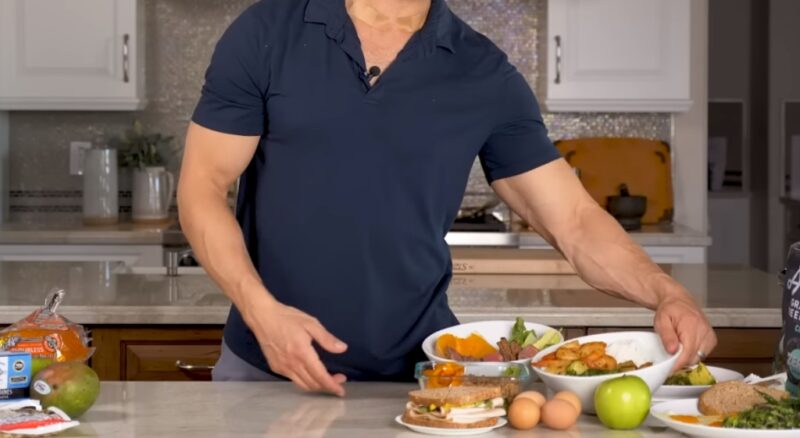
While weight loss can be challenging, a healthy eating plan is fundamental to overall efforts. Proper nutrition not only supports weight loss but also contributes to overall well-being. However, simultaneous medical intervention may be necessary for some individuals — especially those with biological or genetic challenges.
Your healthcare provider may choose between Saxenda vs. Wegovy, two brands of GLP-1 receptors available through the WeightWatchers medical weight loss program if your body struggles to feel satiety and digest efficiently. These medications help to manipulate the body’s hormones, especially leptin, and alter how it processes metabolism.
However, medication is not a miracle solution. Diet remains a cornerstone of any weight loss journey, and Saxenda and Wegovy can only serve as daily or weekly injections to supplement diet efforts. Therefore, it’s essential to adopt a well-balanced, calorie-controlled diet.
Incorporating whole grains, lean proteins, fruits, vegetables, and healthy fats, as the Mediterranean diet does, can help you achieve sustainable weight loss. This makes the diet a good strategy for maintaining long-term weight reduction while improving cardiovascular risk factors, cognitive functions, and mood.
Otherwise, high-protein diets like the ketogenic diet may effectively support weight loss. However, this should be closely monitored among patients with obesity, considering that obesity is associated with chronic kidney disease.
Regardless, portion control plays a vital role in calorie management. Smaller, more frequent meals can help stabilize blood sugar levels and prevent overeating, while mindful eating techniques can enhance portion control.
Remember to include regular physical activity alongside a healthy diet and any medication. Engaging in exercise helps increase calorie expenditure and build lean muscle mass to maximize your chances of success. The researchers from UAB additionally comment that exercise, such as weightlifting, can help restart weight loss after changes in resting metabolic rate.
The type of exercise you engage in matters. Cardiovascular workouts like running, swimming, or cycling can help burn calories, while strength training can increase muscle mass and metabolism. Finding activities you enjoy is critical to long-term commitment.
Foods and Recipes for Weight Loss
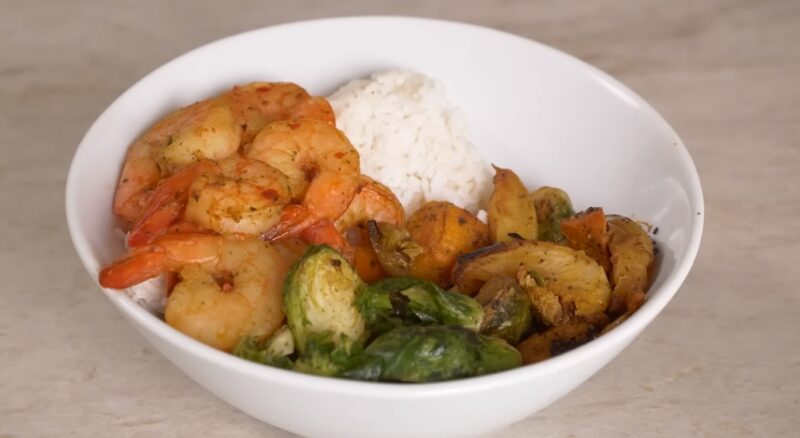
Besides finding activities you enjoy, you can also look for recipes you love to encourage you throughout your weight loss efforts. Diets and superfoods do not have to be bland and dull. Fiber and protein-rich lentils, as discussed in our previous post, are a fantastic example, and you can even opt for different kinds of lentils to cater to your taste buds.
Beluga lentils are excellent for a more profound and richer earthy zest that you can mix into broths, stews, meatloaf, burgers, and garnishes. Meanwhile, hot green lentils are perfect for side dish recipes, and sweet red lentils taste great in Indian and Middle Eastern dishes.
Don’t hesitate to explore other weight-loss superfoods like quinoa, leafy greens, and lean meats that can help stabilize blood sugar levels and prevent energy crashes.
The high fiber content of quinoa aids in digestion and helps control hunger, and the protein source can be incorporated into salads, bowls, or even used as a breakfast cereal. Leafy greens like spinach and kale provide vitamins, minerals, and antioxidants crucial for overall health and can be included in almost any side dish.
Also, try to experiment with recipes with nutrient-dense ingredients, such as salads with colorful vegetables and lean protein bowls with natural ingredients. If you have a blender, try your hand at a protein smoothie.
Senior health reporter Rachel Hosie throws frozen fruit, protein powder, and almond milk into her blender for a healthy and delicious snack as part of her lazy girl meals. Hosie claims this has helped her lose fat, gain muscle, and maintain her physique for four years.
For more healthy recipes and cooking tips, visit the Smokin Joes website. With commitment, dedication, and a holistic approach tailored to your unique needs, you’ll find that you can succeed in your healthy eating and weight loss journey.
Related Posts:

